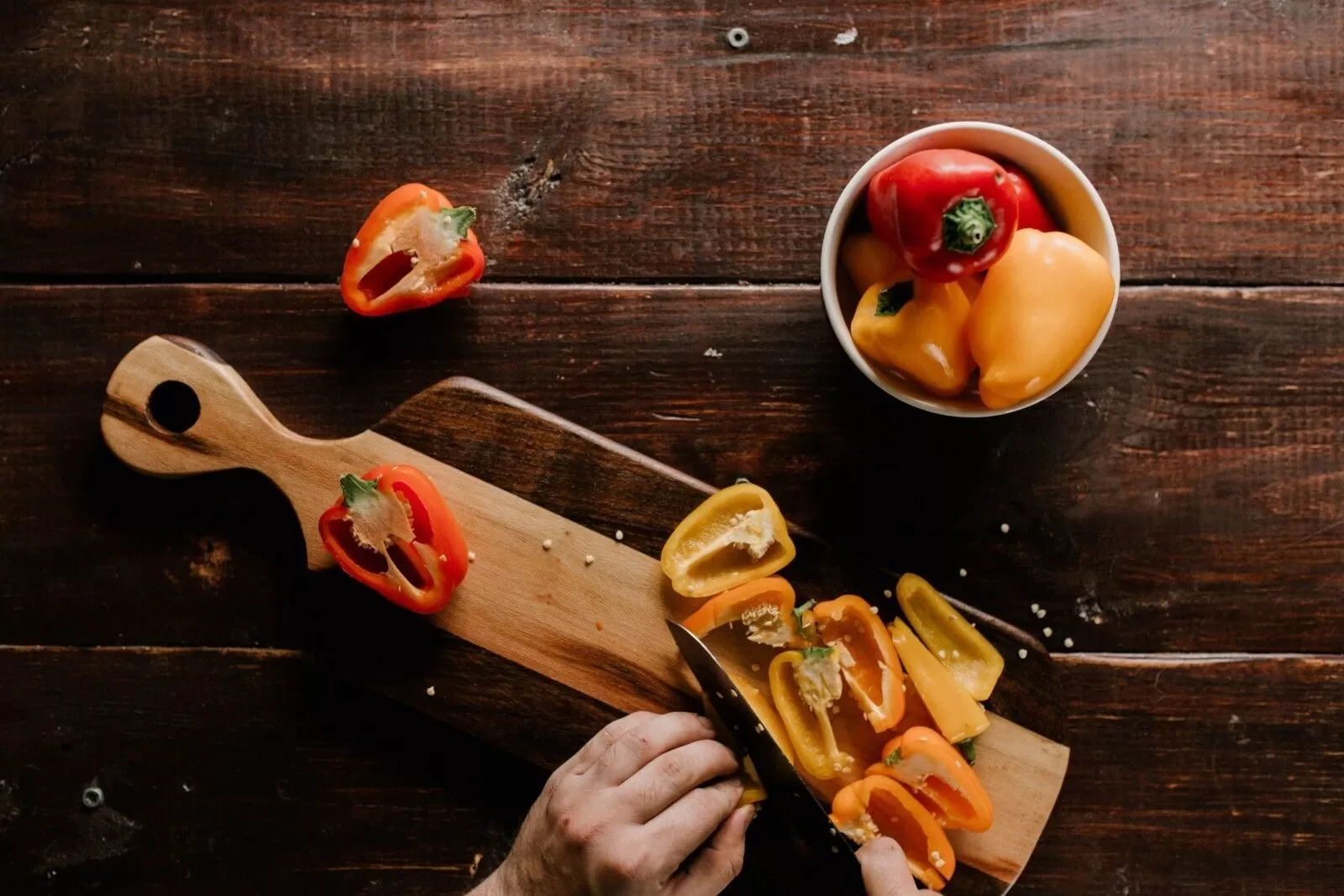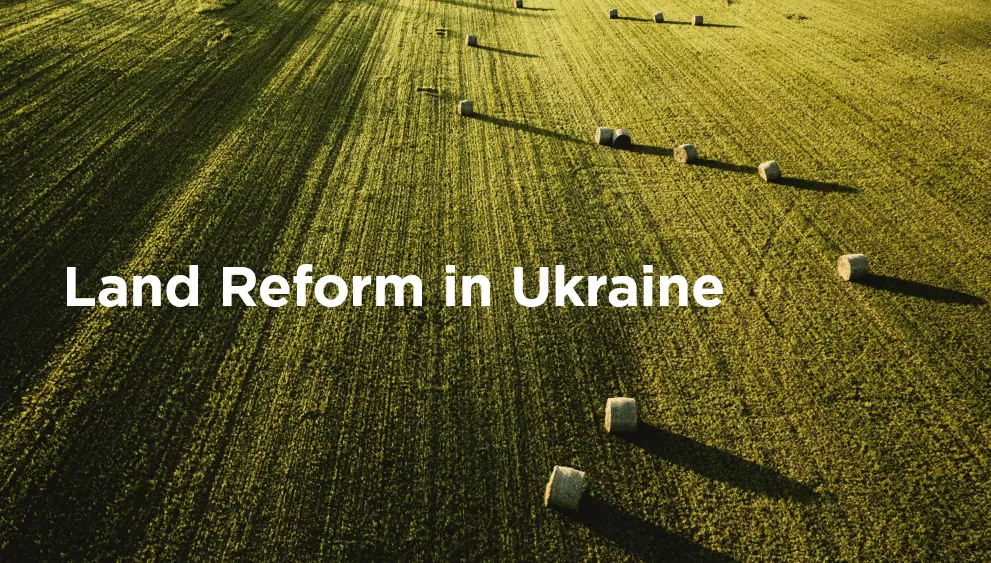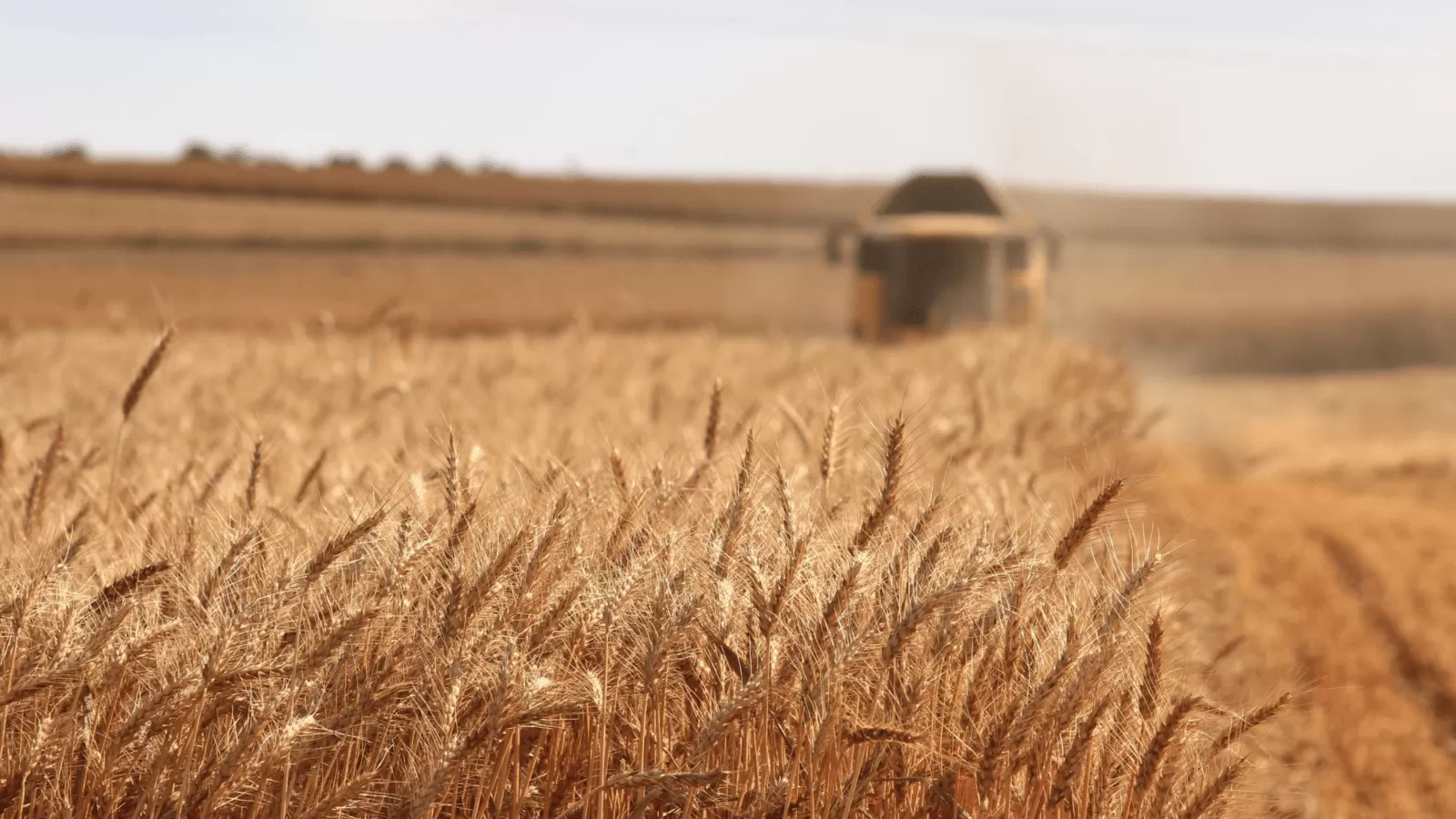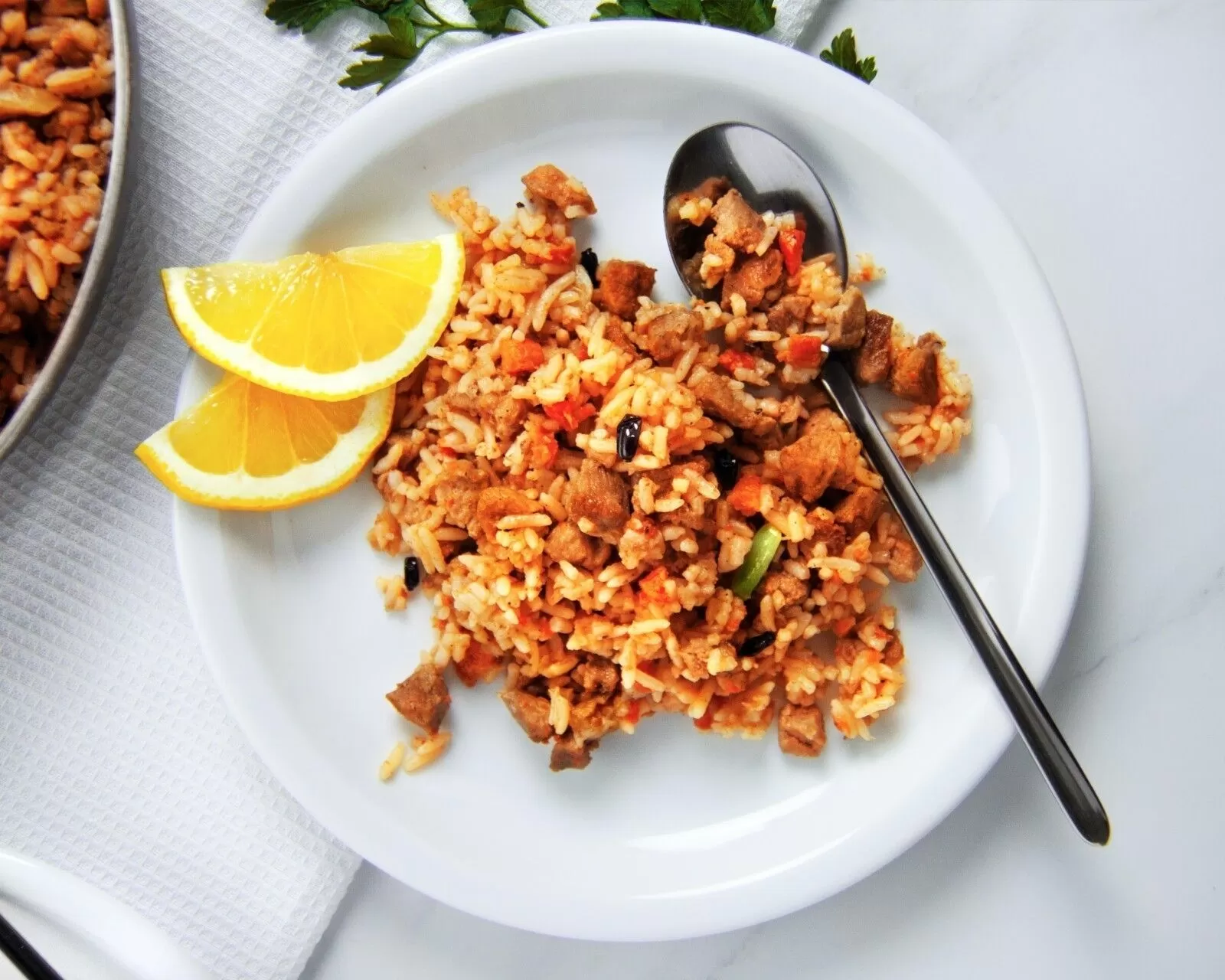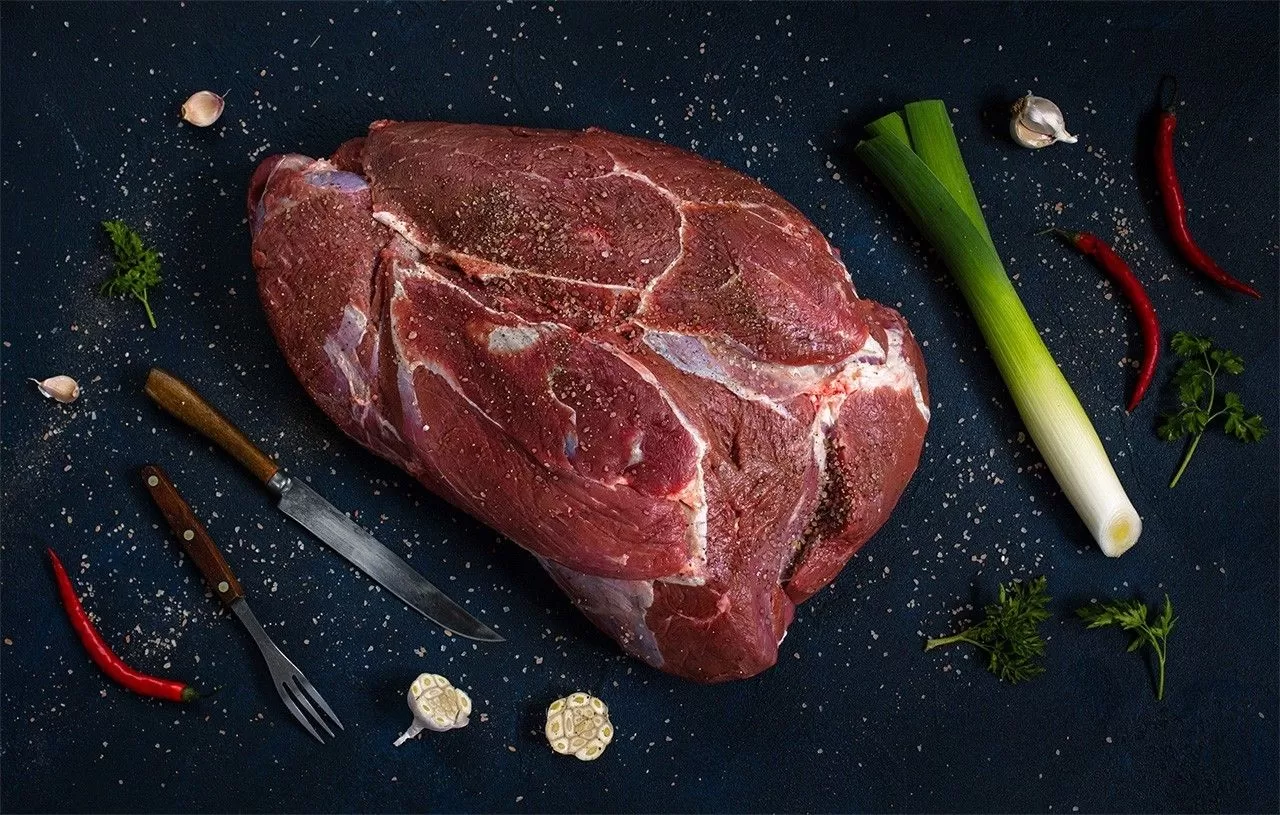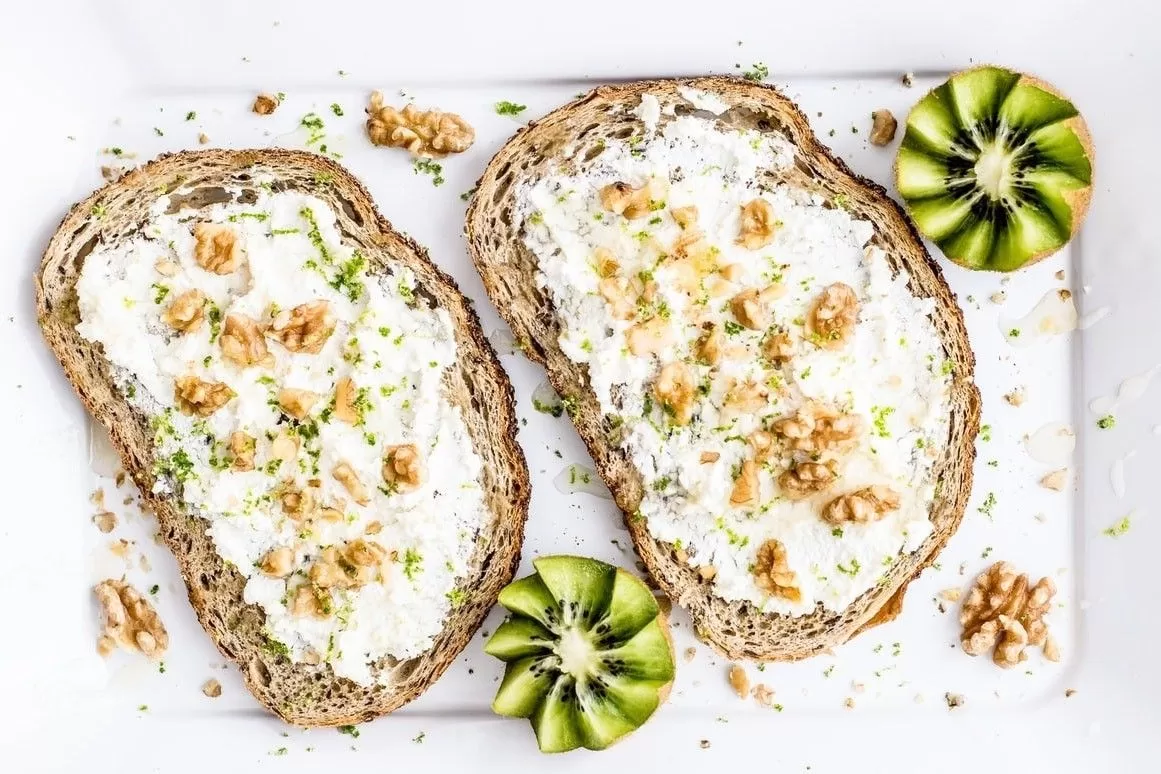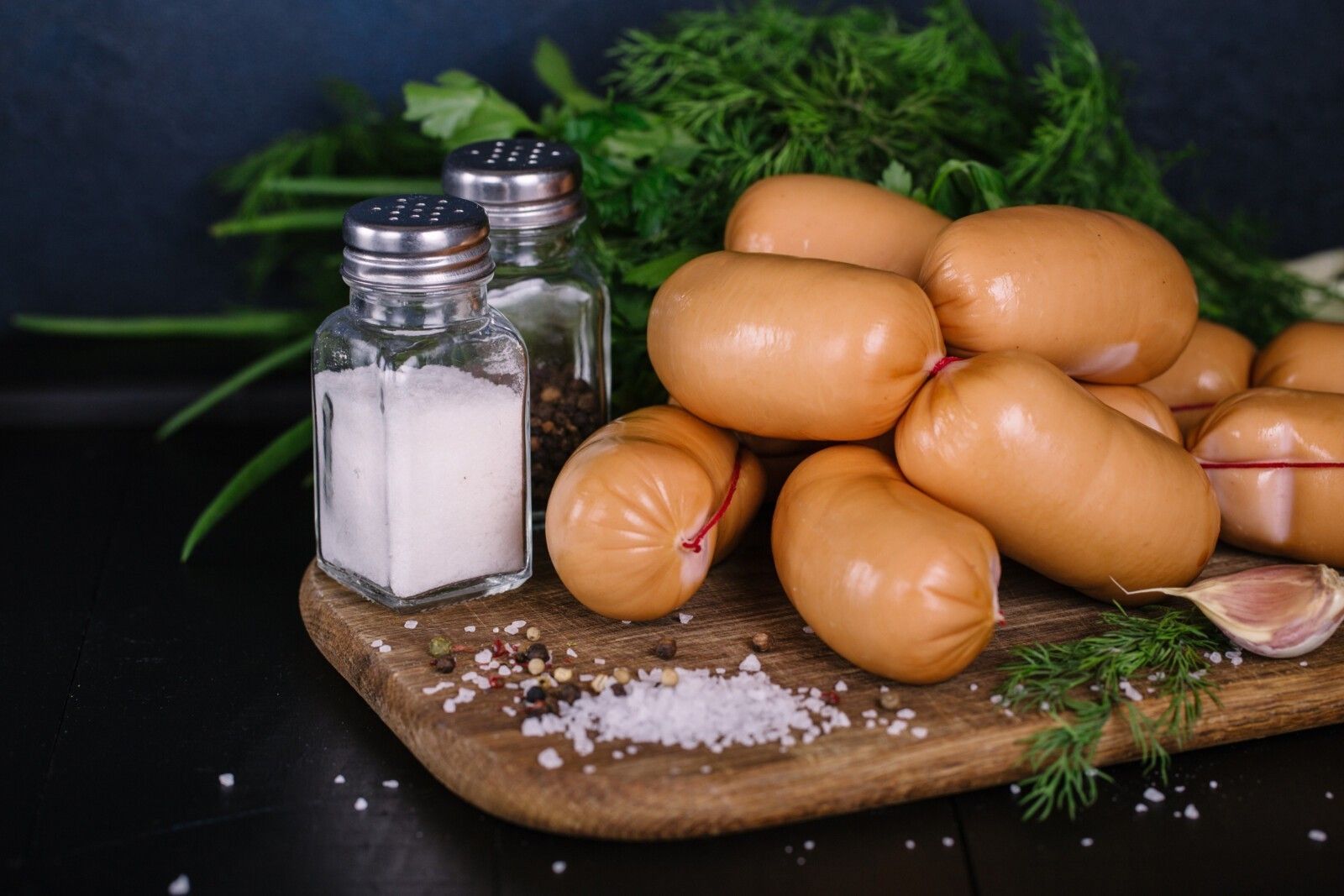
Rumors that most sausages and sausages are made from waste and plant proteins have long since died down. Because we learned to read the label and the composition of the product, where you can always see the content of a certain ingredient. If we used to believe that there was no meat in sausages, only soy, there are now many people who want to buy such vegetarian delicacies. As it turns out, soy’s not the worst thing about sausages. The worst is the chemical impurities that replace meat and, of course, the MMO mixture (mechanical boning meat) has long been known. Knowing all this, consumers can always see what product they are buying. This is why you can make sure that most sausages are made of meat. However, its content (and content of additives) may vary. How, what classification of meat semi-finished products exists in Ukraine and what impurities can be seen in the composition — let us speak further.
Classification of sausage products
A meat label is like a human passport. It must state everything: the composition, shelf life, and storage conditions, and, of course, the grade and certification of the product. It is she who can point to the quality of the product before you see the composition.
Extra Class boiled sausages/sausages are free of meat substitutes. Class I boiled meat must contain at least 70% meat. Class II sausages and sausages may not contain less than 60% meat.
Top-class semi-smoked meals must have 100% meat raw material. Accordingly, Class I contains at least 90% meat and Class II even less meat.
So when you see that sausage is called Class I or II, you have to be prepared to have less meat there than in Class II. Usually, products with more natural raw materials are more expensive.
And this makes perfect sense because among the impurities manufacturers use cheap products. In particular, plant protein (e.g., soy or wheat), starch, flour, and sub-products (e.g., skin, lungs, heart, etc.). This makes the product significantly cheaper, so we can often surprise sausages cheaper than raw meat.
As far as certification is concerned, always pay attention to the SSU (State standard of Ukraine) mark. This is the certificate that guarantees that the manufacturer has made its product according to clear standards: no more and no less meat (or impurities). If there’s no SSU in the semis, there’s a risk that the manufacturer will deceive you. After all, its product was not inspected or controlled by anyone.
What are the impurities in sausages and sausages?
Vegetable protein is a fairly common additive, which is not harmful to health, but it also does not produce the kind of benefit we get from meat. Because, as we know, meat contains several essential vitamins and amino acids that we end up paying a lot of money for. Therefore, soy or seitan are often negatively perceived by consumers as part of non-white delicacies, because we pay for meat as well as for cereal.
Milk, egg powder, flour, or starch are also common impurities. They are absolutely safe products that improve the taste and consistency of sausages or sausages.
And of course, you’ve seen sodium nitrite in sausage. This element is terrifying, but we’ll calm you down. It helps to keep the meat a pleasant pink color, preventing it from becoming a gray unpleasant mass. In large doses, this ingredient may be harmful. However, a person needs to eat at least 200 kg of sausage at a time to be harmed by sodium nitrite. In sausage products, this additive is very low, so it should not be frightened.
And what you have to be afraid of is MMO. Everybody has long known the acronym for subproducts. They’re not harmful to the body, because it’s a natural product. However, the very fact that the products contain lungs, skin, chicken heads, or vertebrae is unpleasant. Instead of animal protein and amino acids, producers give us calcium and fat.
Stabilisers and emulsifiers are often found. In particular, they are needed to improve meat taste and color.
How to choose sausage?
First of all, buy from a certified manufacturer. Next, look at the variety. It is best to choose Extra Class, with at least 70% meat. Then read the ingredients and avoid those that contain too many impurities of artificial origin. Also, pay attention to the SSU mark and obligatory term of storage. The shorter the shelf life after the product is unpacked, the more natural the product will be. Accordingly, the more expensive the product will be. Sausage cannot cost $4 per 1 kg if the price of 1 kg of raw meat is $5.

